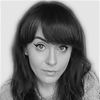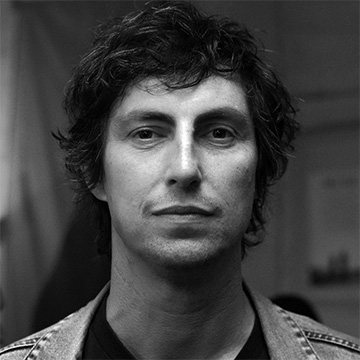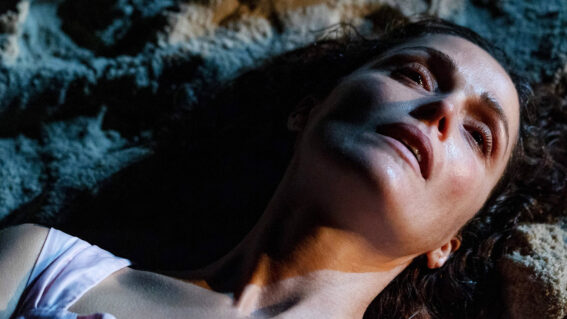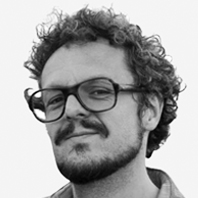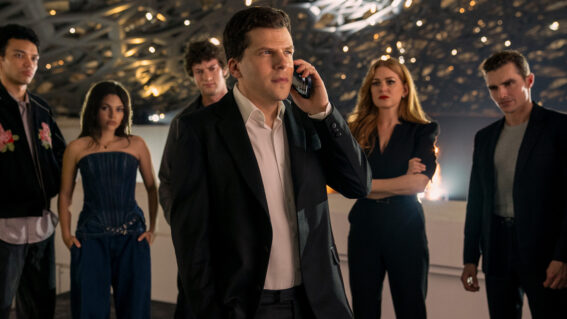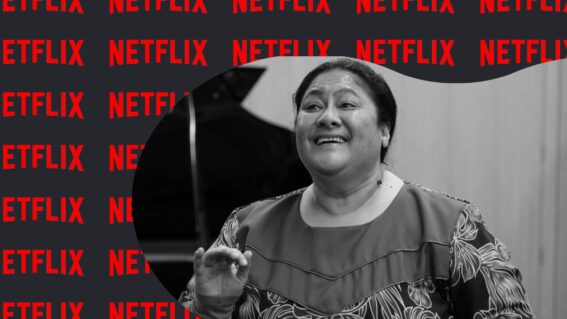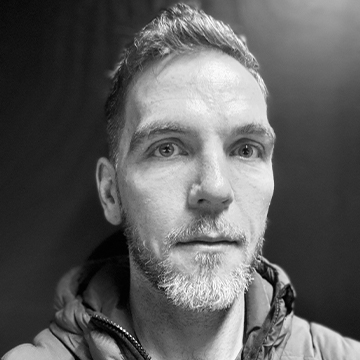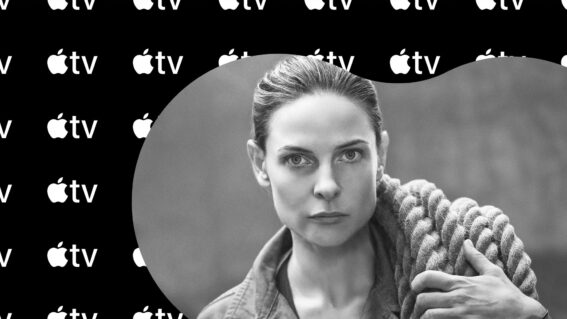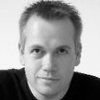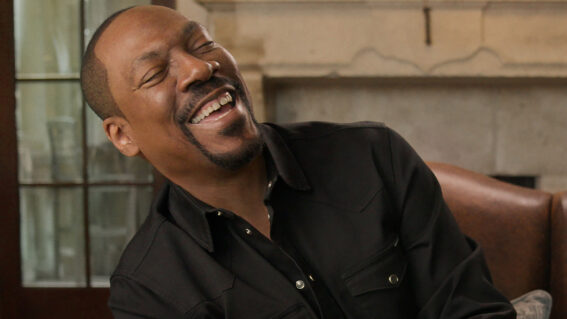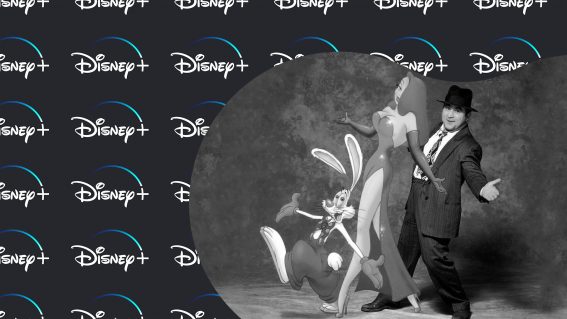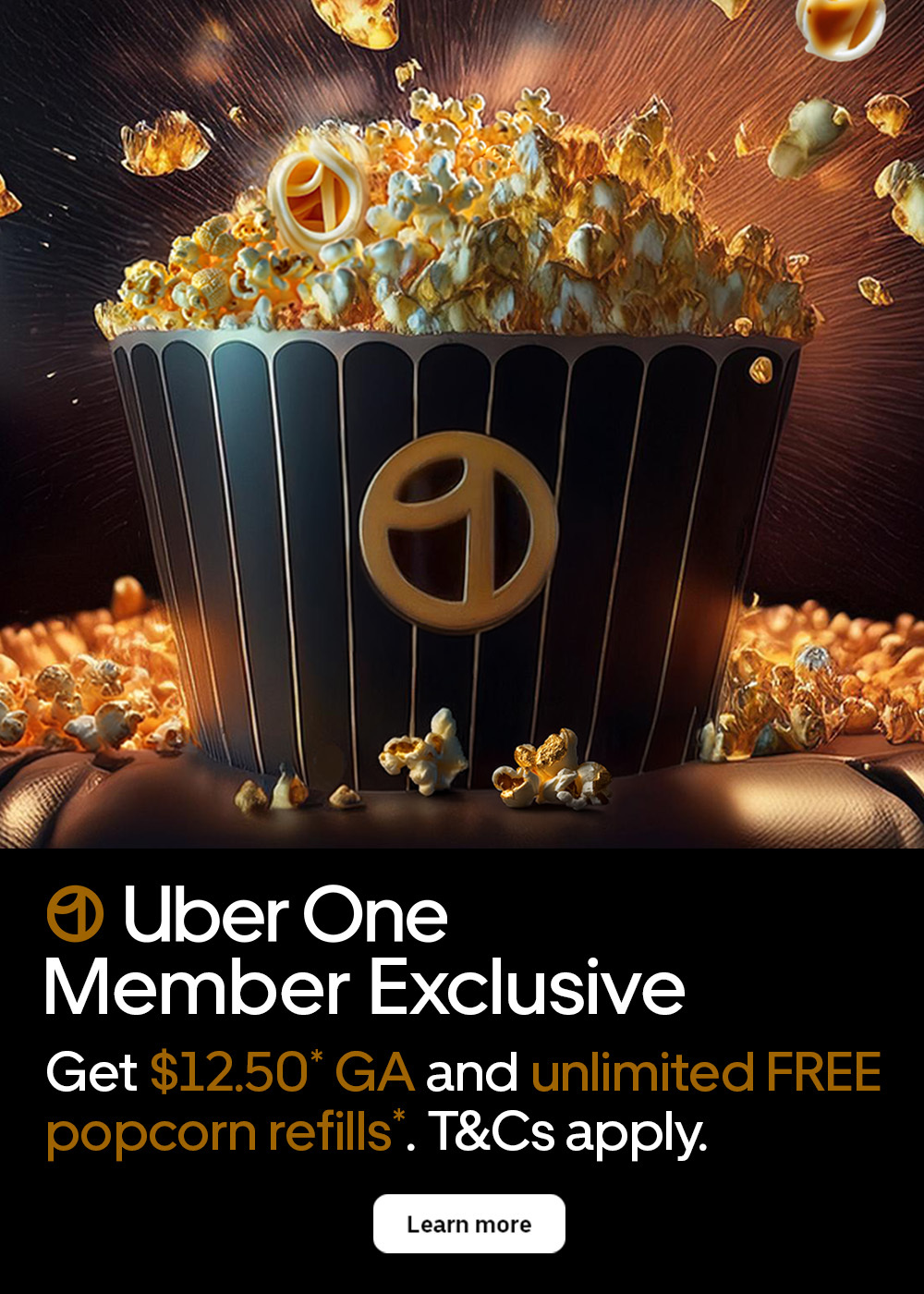‘Map Reader’ Interview, with director Harold Brodie
Harold Brodie is originally from Toledo, Ohio – he emigrated to New Zealand in 1992. His first film as writer/director/editor was the shoe-string budget Orphans and Angels, which won a Special Jury Prize at the 2003 New Zealand Film Awards. The Map Reader is his second film. I meet Harold in an Auckland cafe. His car swerves […]
Harold Brodie is originally from Toledo, Ohio – he emigrated to New Zealand in 1992. His first film as writer/director/editor was the shoe-string budget Orphans and Angels, which won a Special Jury Prize at the 2003 New Zealand Film Awards. The Map Reader is his second film.
I meet Harold in an Auckland cafe. His car swerves to a halt right outside and he jumps out, shaggy-haired and friendly. For the next half-hour he barely stops for breath as he regales me with tales of low-budget filmmaking. I enjoy listening to him, appreciating his humble gratitude to all the people who helped bring his project to fruition. “I know it’s a small crew of 25 people,” he says. “But it’s the biggest crew I’ve ever worked with. Films I’ve made before had a crew of about eight!”
FLICKS: The acting in The Map Reader is top shelf. How did you find those young actors?
HAROLD BRODIE: We did a nationwide open casting, so we were sending emails and phone calls to all the high schools. I flew to Wellington and Christchurch and Dunedin, and just saw hundreds and hundreds of kids over the course of a year. We narrowed it down from several hundred kids to ten.
Did you give the actors lots of freedom?
My background is as an editor, and I knew that performances are really sculpted in editing. I told the actors: ‘We’re going to play the material in a number of different ways, and I’m going to put it together and edit it and make you guys look great!’ [laughs] That’s why I didn’t want to over-rehearse the material. Each actor responded in different ways to that, for example Mikaila would often be quite good on the earlier takes, whereas Jordan needed a little bit of easing into it just to find that rhythm.
Where did you film?
Helensville – that’s where you see the exteriors: the driving, that factory they’re running through, and the high school. We all stayed in the motor camp up there. That was our first week, so it was like a cool little bonding camp. And it was good fun. All the rest was shot in Auckland suburbs. Michael’s house was in Avondale. Alison’s house was in Titirangi. The beach was Muriwai. And we went to Whangaparoa for the kite flying.
You came here from America in 1992. Has your background influenced this film?
I leave that to other people to think about. It’s a little bit too self-analytical. The response in America has been quite positive. It seemed to hit more of a chord with the American festival programmers than the European festival programmers. I have a creative writing degree from San Francisco State University, focussing on American literature and American storytelling. But with The Map Reader, I was just trying to tell a very universal, human story.
The band gig looked like a logistical challenge.
I’ll tell you a funny story about that. That was the very last day of shooting. My DOP [Director of Photography] Renaud’s advice was ‘Let’s not have too much black because otherwise all the emo kids will just fade into blackness’. This gets translated about three or four times before it gets to Julie [costume designer] as: ‘Nobody wear black’. So I had a hundred kids show up and they’re all wearing pastel colours. They all looked like extras from a psycho beach party! We had to send two thirds of them back to get changed again.
How did you film those great running scenes?
We filmed out of the door of a van. We deflated the tyres a little bit, had the door open, and the cameraman was sitting there – I don’t think we had a harness on him or anything, but we weren’t going that fast. It was a pretty unscientific approach – just roll the car down the road! It’s exciting, making a film. You’re always flying by the seat of your pants a little bit. You have to. It keeps you on your toes.
Any advice for up and coming filmmakers?
Get a good DOP, man. That’s like the best advice you can give to anybody. I don’t understand cameras! I spend most of my time with the actors.
When shooting, do you follow rules or your own instinct?
Part of my job as an assistant editor on feature films was to log all the shots, so I could see exactly what the directors were doing. I learned about coverage and the basic rules. In the film we did a scene in one take, where Bonnie and Jordan were alone in the room after their drunken mothers had left, and I just thought it would be good to be still after all the kerfuffle of that activity. That’s not breaking the rules, but it’s just an example of how you twist them.
Do you wish you could have done anything differently?
It would be interesting to see what I could do with more money. Would it have been a better film? I don’t know. I learnt a lot about the process. There were some days where I’d kick myself and think ‘Oh, I shouldn’t have done that’. You get through them. They’re just little mistakes you make along the way. That’s how you grow as a director.






